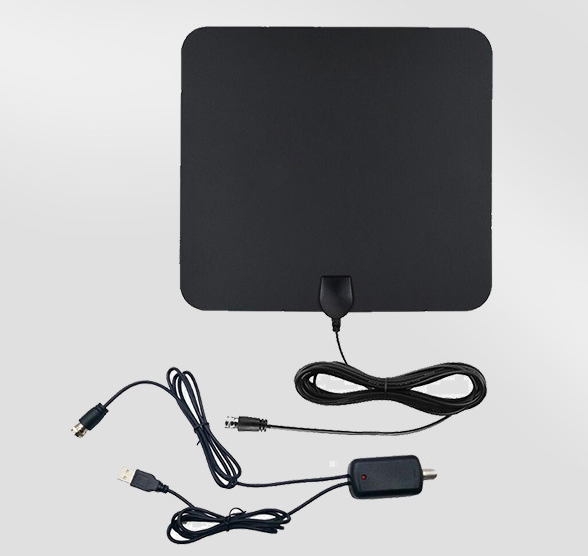American Samoa tv antenna wifi antenna long range outdoor
In today's digital age, whether in cities or remote areas, the reception of wireless networks and television signals has become crucial. For users who want to achieve remote outdoor access to TV and WiFi signals, selecting the appropriate antenna and installing it correctly is the key to success. Below, we will discuss in detail the selection, installation, and precautions for outdoor use of TV antennas and WiFi antennas.
TV Antenna (Over the Air, OTA)

OTA antenna, which receives TV signals through the air, does not rely on cable TV or satellite signals. When choosing a TV antenna, the following factors should be considered:
1. * * Signal Strength * *: The signal strength varies in different regions, so when selecting an antenna, ensure that its gain is sufficient to capture the local TV signal.
2. * * Band Coverage * *: Modern digital television broadcasting typically uses VHF (Very High Frequency) and UHF (Ultra High Frequency) frequency bands to ensure that the selected antenna can cover these frequency bands.
3. * * Antenna Type * *: Indoor antennas are suitable for use in areas close to television, while outdoor antennas (such as rooftop or ground antennas) are suitable for scenarios far away from television or requiring stronger signals.
4. * * Installation location * *: The antenna should be kept as far away from obstacles as possible, such as high-rise buildings, hills, etc., and avoid interference with other electronic devices.
WiFi antenna
WiFi antennas are used to improve wireless network coverage and signal quality. When using WiFi antennas in outdoor environments, the following points should be noted:
1. * * Signal directionality * *: Directional antennas can provide stronger signal reception capabilities, but require precise alignment with the transmission source. Omnidirectional antennas can receive signals from multiple directions, but usually have lower gain.
2. Wireless Standard: Ensure that your antenna supports the current wireless communication standard, such as 802.11ac or 802.11ax (Wi Fi 6).
3. * * Interface Type * *: Check if the antenna interface is compatible with your device, commonly including SMA, RP-SMA, N-type, etc.
4. * * Waterproof and dustproof level * *: Due to the harsh outdoor environment, it is very important to choose antennas with high waterproof and dustproof levels.
Installation and Maintenance
Whether it is a TV antenna or a WiFi antenna, proper installation and maintenance are key to ensuring optimal performance.
1. * * Height and Position * *: Despite being extremely cold at high altitudes, an unobstructed view at high altitudes is extremely advantageous for signal reception. Try placing the antenna as high as possible.
2. * * Test Signal * *: After installation, on-site testing can be conducted using professional equipment or applications to detect signal strength and quality.
3. Regular inspection: The external environment may cause damage to the antenna, so it is necessary to regularly inspect and clean up accumulated dust, water, etc.
4. * * Lightning protection * *: If the area is prone to lightning, please ensure that the antenna has good grounding and lightning protection measures.
Choosing the appropriate TV antenna and WiFi antenna, and performing proper installation and maintenance, will greatly enhance your wireless communication experience in outdoor remote environments. Whether you are a wilderness explorer, camping enthusiast, or a professional who needs to work outdoors, following the above advice will help you enjoy the natural beauty without missing any important information and entertainment. Pay attention to safety first and enjoy your outdoor life!





